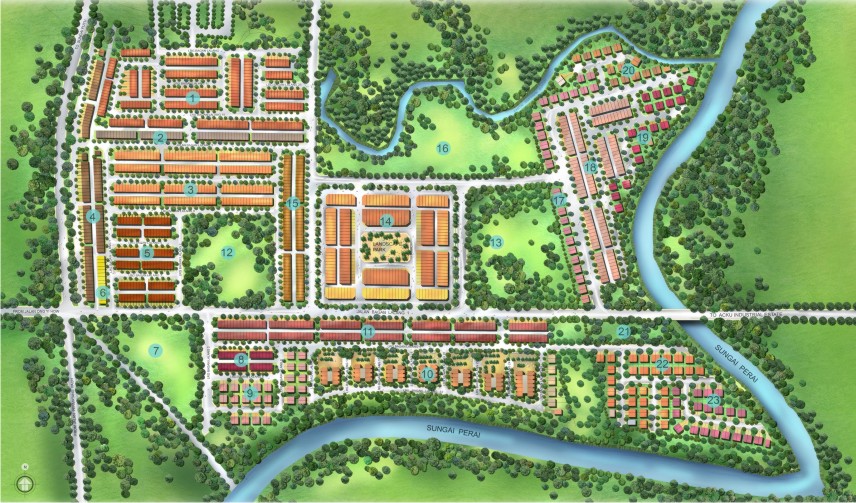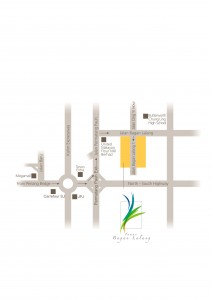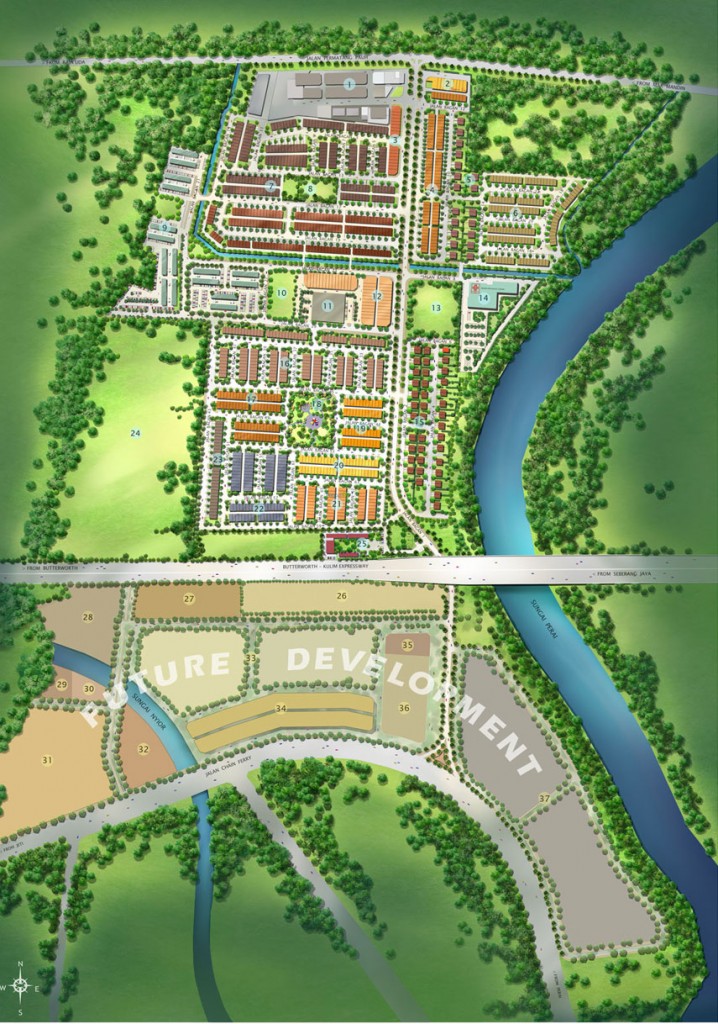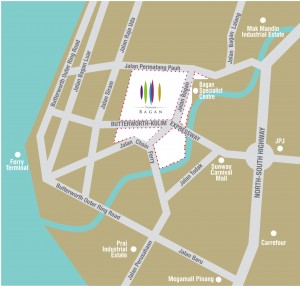Jump in Penang property prices
The most significant feature in Penang’s property market last year was the marked increase in prices in some established housing areas on the island, with single storey and double-storey terraced houses breaching the RM580,000 and RM800,000 respectively.
Double-digit price and rental hikes were noted throughout the state in established housing areas, the Valuation and Property Services Department says in its Property Market Report 2010.
The situation in Penang is a general reflection of the mood of the overall market in the country, with Putrajaya recording a two-fold increase in the volume from 170 units in 2009 to 337 units last year. In ringgit terms, Putrajaya sales saw a three-fold increase from RM88mil to RM375mil. It should be noted that Putrajaya is beginning from a low base, being a relatively new area.
Klang Valley prices and volume of transactions were also robust last year. The only state which experienced a soft market was Labuan, while Malacca saw very marginal growth.
Going back to the situation in Penang, as with other states, the residential sub-sector dominated market activity, capturing 70.2% of the market share, followed by commercial sub-sector with a distant 11.9% share of the market. While agricultural and industrial sub-sectors enjoyed growth, it was the residential sector that saw major movements last year.
On the island, single storey terraced houses in Green Garden recorded an increase of 16.5%, ranging from RM455,000 to RM550,000. Similar houses in Jalan Van Praagh were transacted at a higher range of RM530,000 to RM580,000. Bandar Bayan Baru saw both its single and double-storey terraces charting gains of 16.1% and 20.2% to record RM275,000 to RM340,000 and RM403,500 to RM490,000 respectively.
According to the report, its proximity to Sunshine Square shopping complex, Suntech@Penang Cybercity office blocks and being adjacent to Penang International Sports Arena gave it the extra edge.
Other locations which had notable increases were in Taman Sri Nibong, Taman Sri Mewah and Taman Sunway Banyan. Houses in Taman Sunway Banyan went as high as RM750,000. Other popular areas were Island Glades and Island Park, recording sales between RM560,000 and RM800,000 for its residential units.
In Seberang Perai on the mainland, prices of landed residential units also recorded positive movements, particularly Taman Bertam Perdana (B), Bandar Putra Bertam. It should be noted that prices in Seberang Perai Utama are also gradually moving up.
While landed units recorded a general trend of double-digit growth, high rise residential units are not to be left out. Prices of upscale condominium by the beach increased by 3.6% to as high as 22.2% in Sri Pantai/Gurney Beach Resort Condominium.
In the rental market, growth was recorded in Green Garden and Taman Lip Sin, with rental rates seeing an increase of 12.5% and 11.1% respectively. In the high rise segment, rental growth also saw an uptrend. Two-bedroom flats in MaCallum Streets and three-bedroom flats in Mutiara Heights, and George Town city centre recorded 9.4% and 9.1% increases respectively. Prices of shops were stable with isolated increases noted in choice locations. Since the inscription of George Town as a World heritage Site by Unesco in 2008, the number and value of pre-war shops’ transactions have increased. Institutional buyers have been actively buying up commercial lands in George Town.
Overall, Penang enjoyed a total of 25,986 transactions worth RM9.37bil last year, an increase of 14% in volume and 43.5% in value against 2009 (22,724 transcations worth RM6.53bil). It was one of several top performing states both in terms of value and transactions. – By Thean Lee Cheng
SOURCE: The Star




